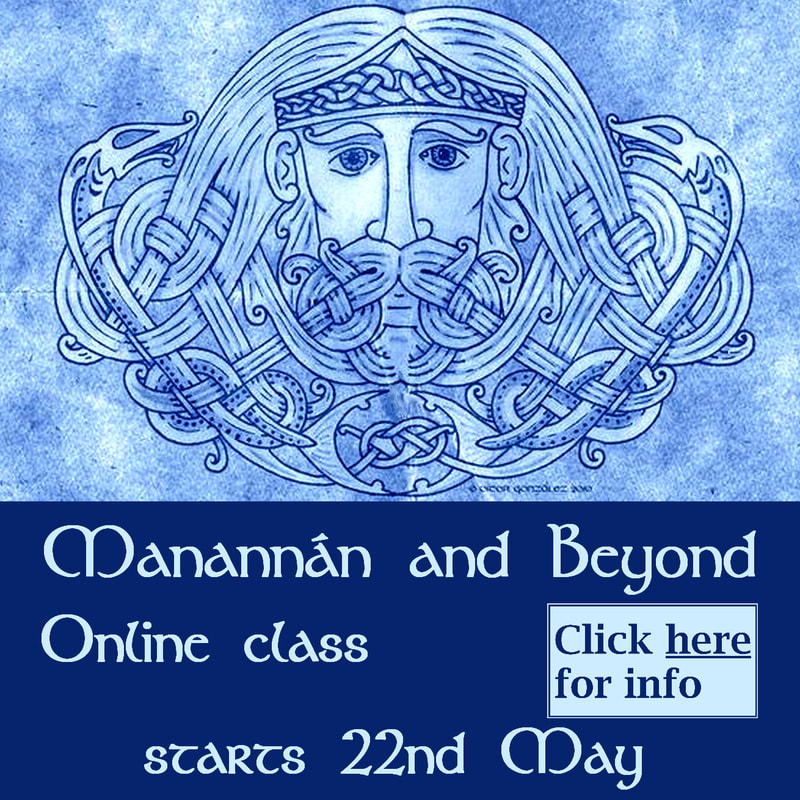| The two short items here were a bit of synchronicity from my life yesterday. In the evening, I wrote the poem below. Then a little later, I happened upon this very interesting article about Dodola and Peperuda, a Slavic rain dancing tradition I'd never heard of. If you are fascinated by folk traditions, as I am, you might enjoy it. Here's a quote: |
During a period of spring or summer drought, it was the custom in many Balkan villages for a group of local girls to undress and then put on various combinations of leaves, sprigs, blossoms, flowers and herbs to perform the rainmaking ceremony. Early reports, made mostly if not entirely by male observers, describe these girls as ‘naked’ under their clothing of greenery: although what precise degree of undress this ‘nakedness’ really constituted is a moot point, since none of the commentators is likely to have witnessed the actual disrobing, let alone the training, preparation or rehearsal of the girls for the ceremony – roles which seem to have been reserved exclusively for mature and sometimes elderly women. At any rate, led by an older girl or young woman who had also been dressed or decorated in this way, the girls then went in procession through their village, and stopped in front of houses to perform dances and sing songs, which included formulaic refrains, all the while calling upon the heavens to send down rain. The housewives poured water over the leader of the troupe, and sometimes the girls themselves sprinkled water over the courtyards, using bundles of sprigs and leaves. They were then rewarded by the householders with flour or food and sometimes money.
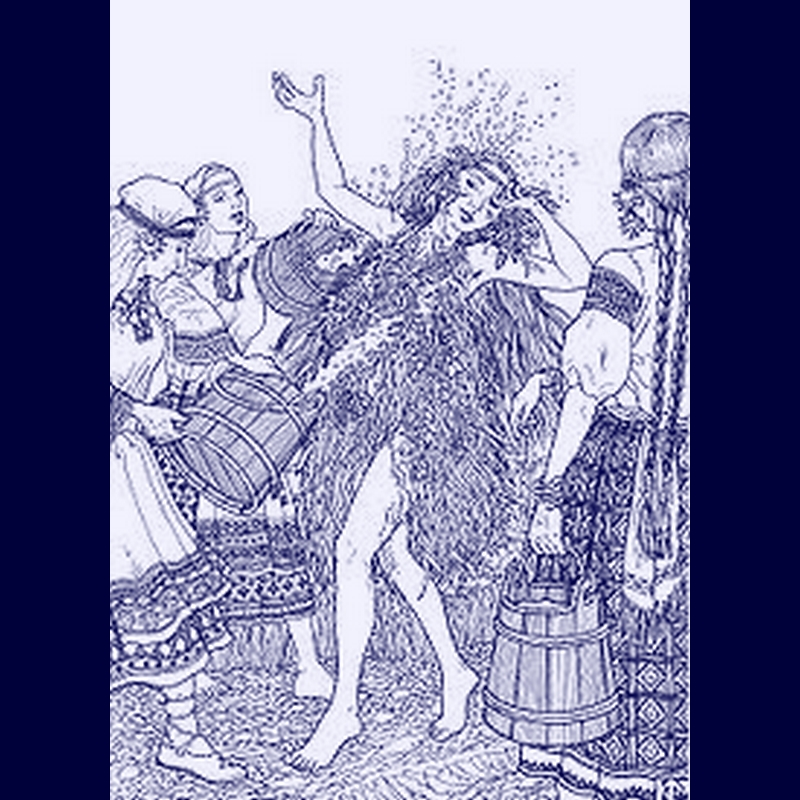
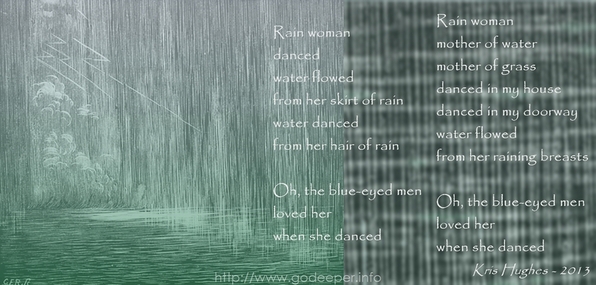

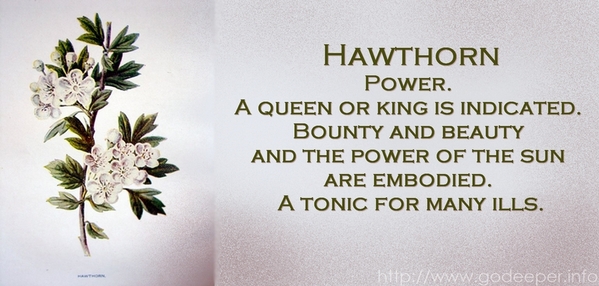
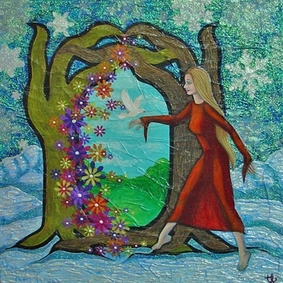


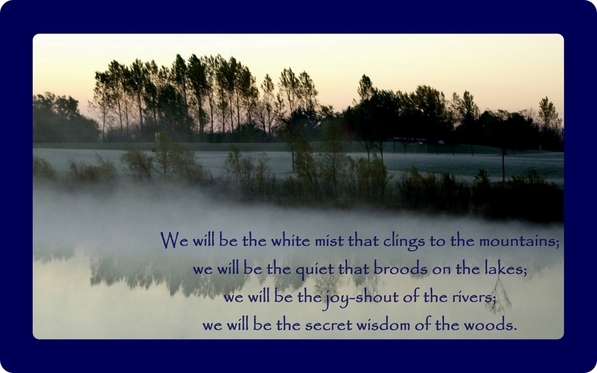
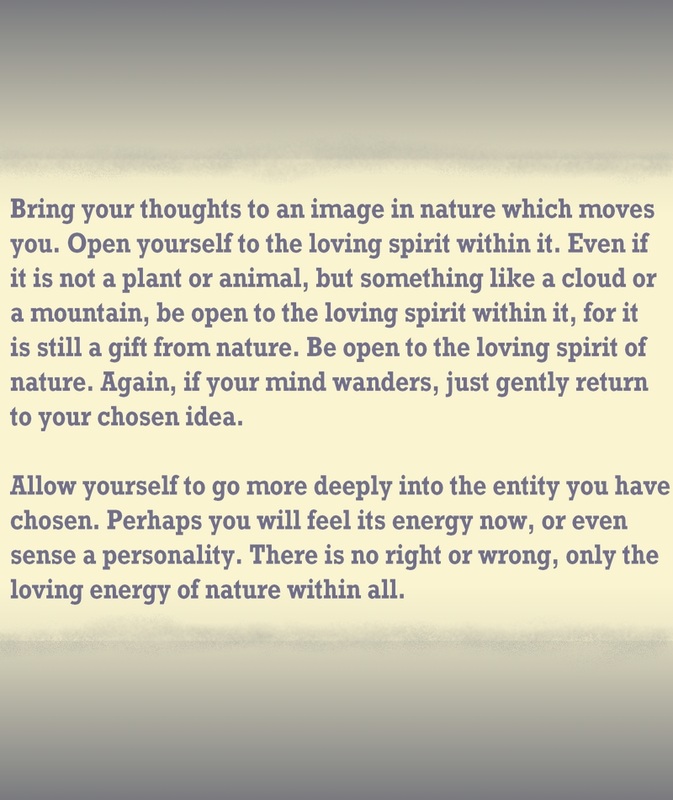
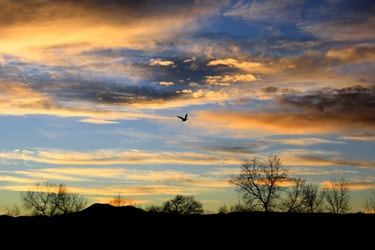
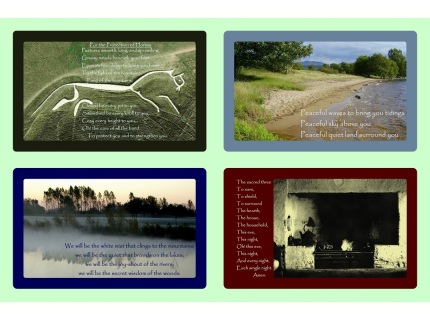
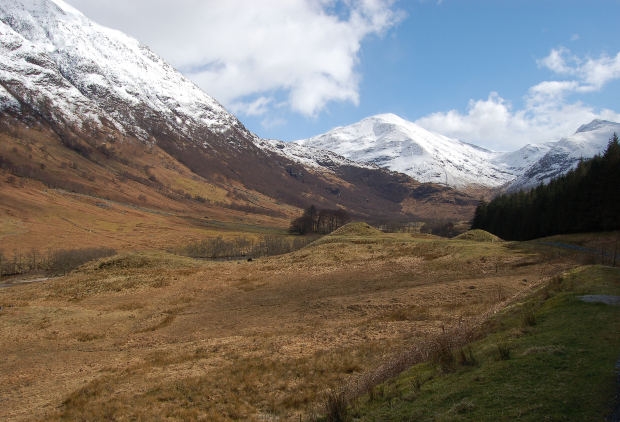
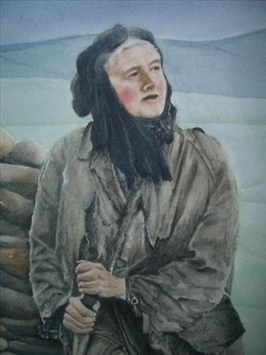
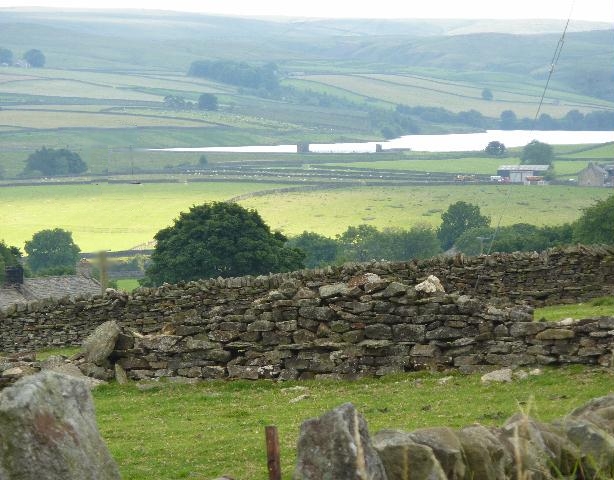





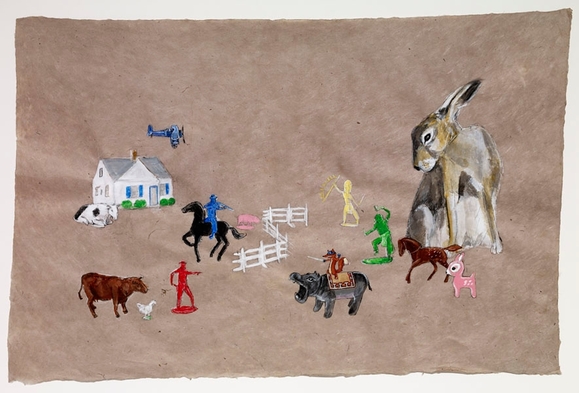
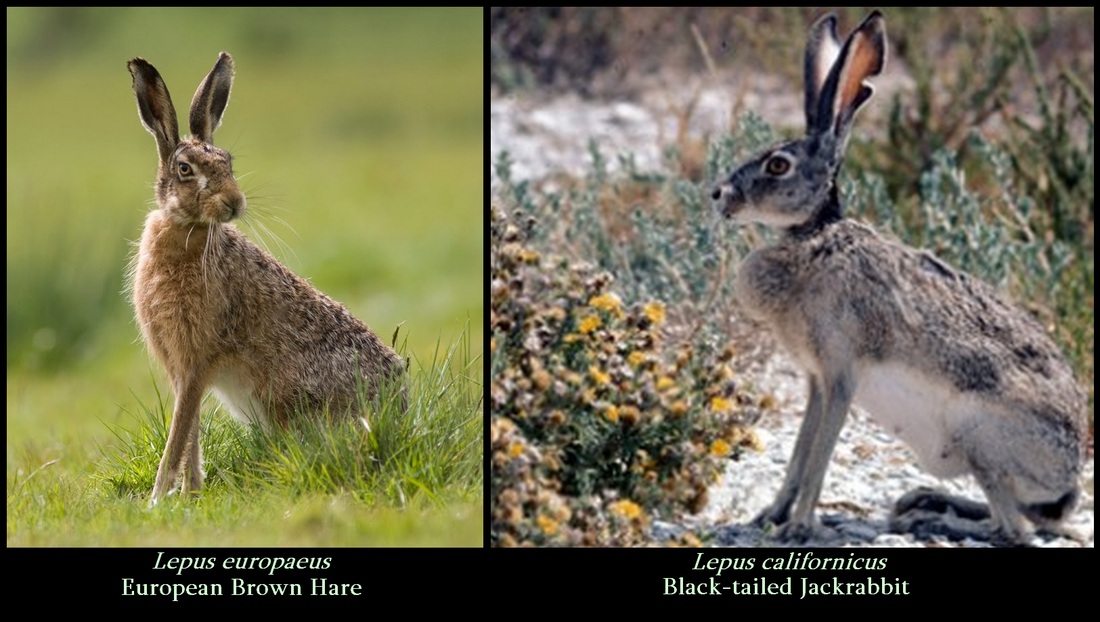
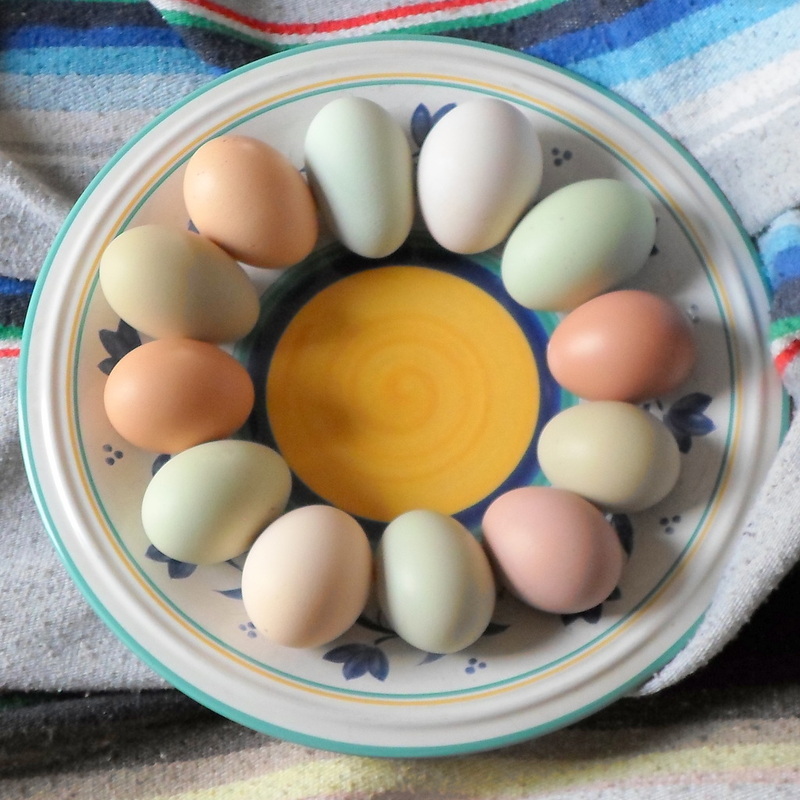
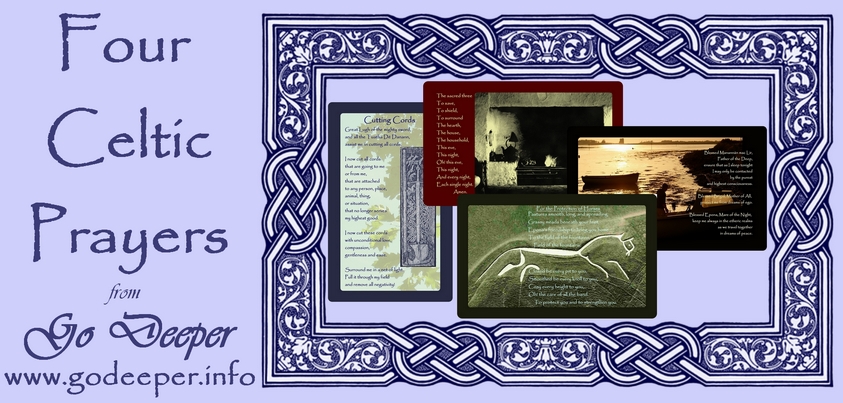

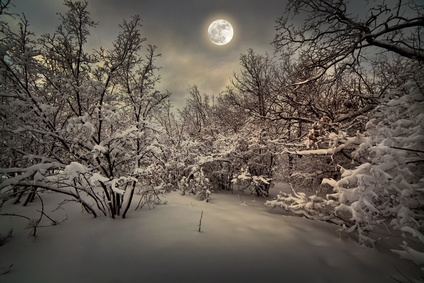
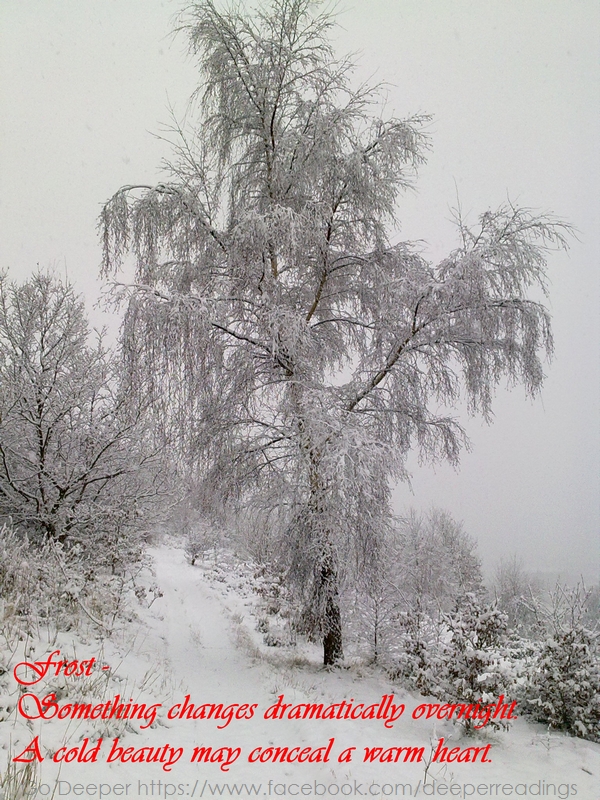
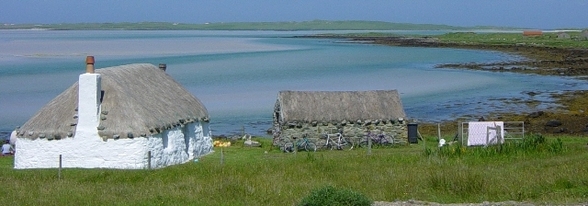

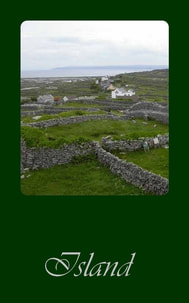
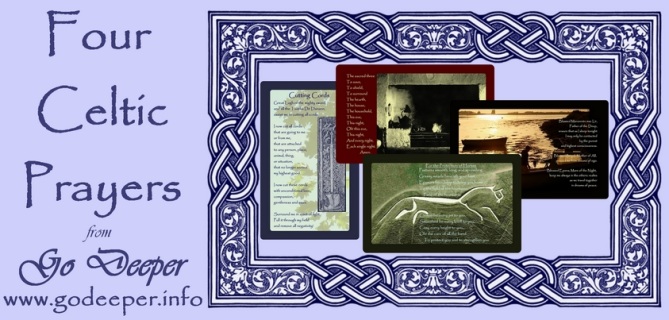

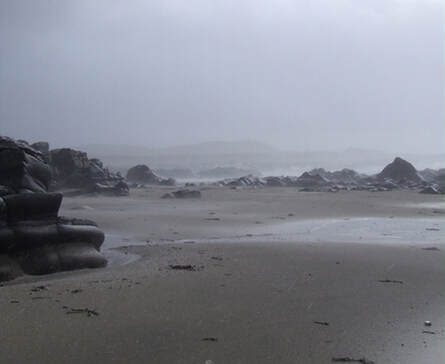
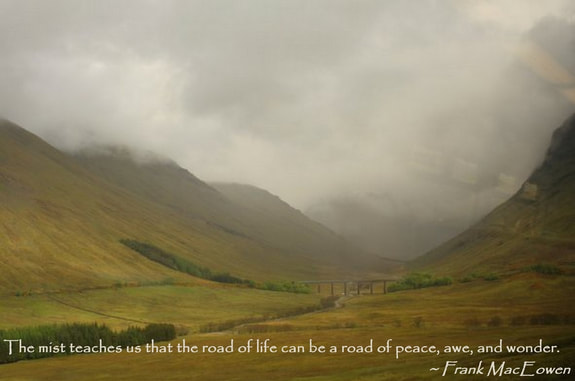
 RSS Feed
RSS Feed



